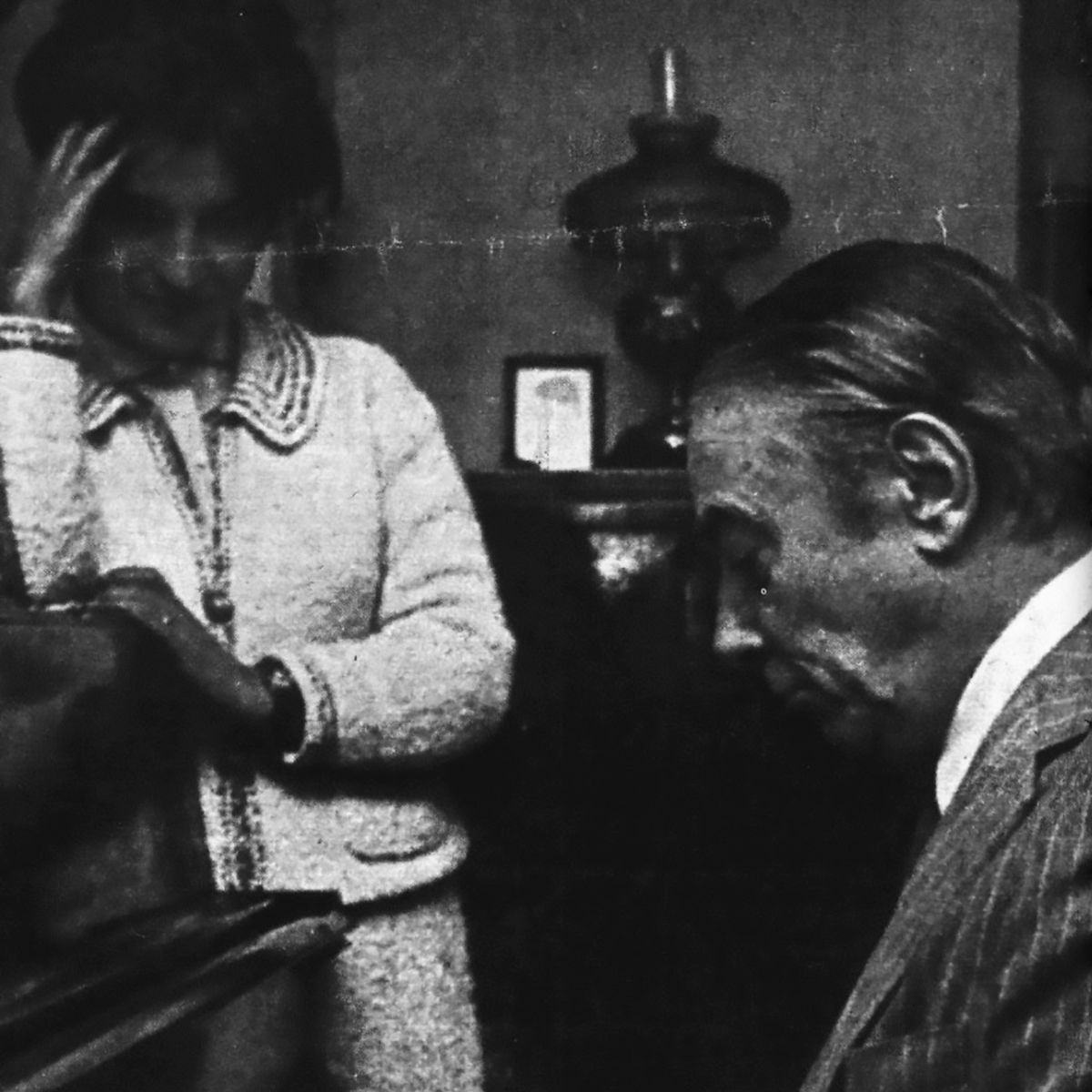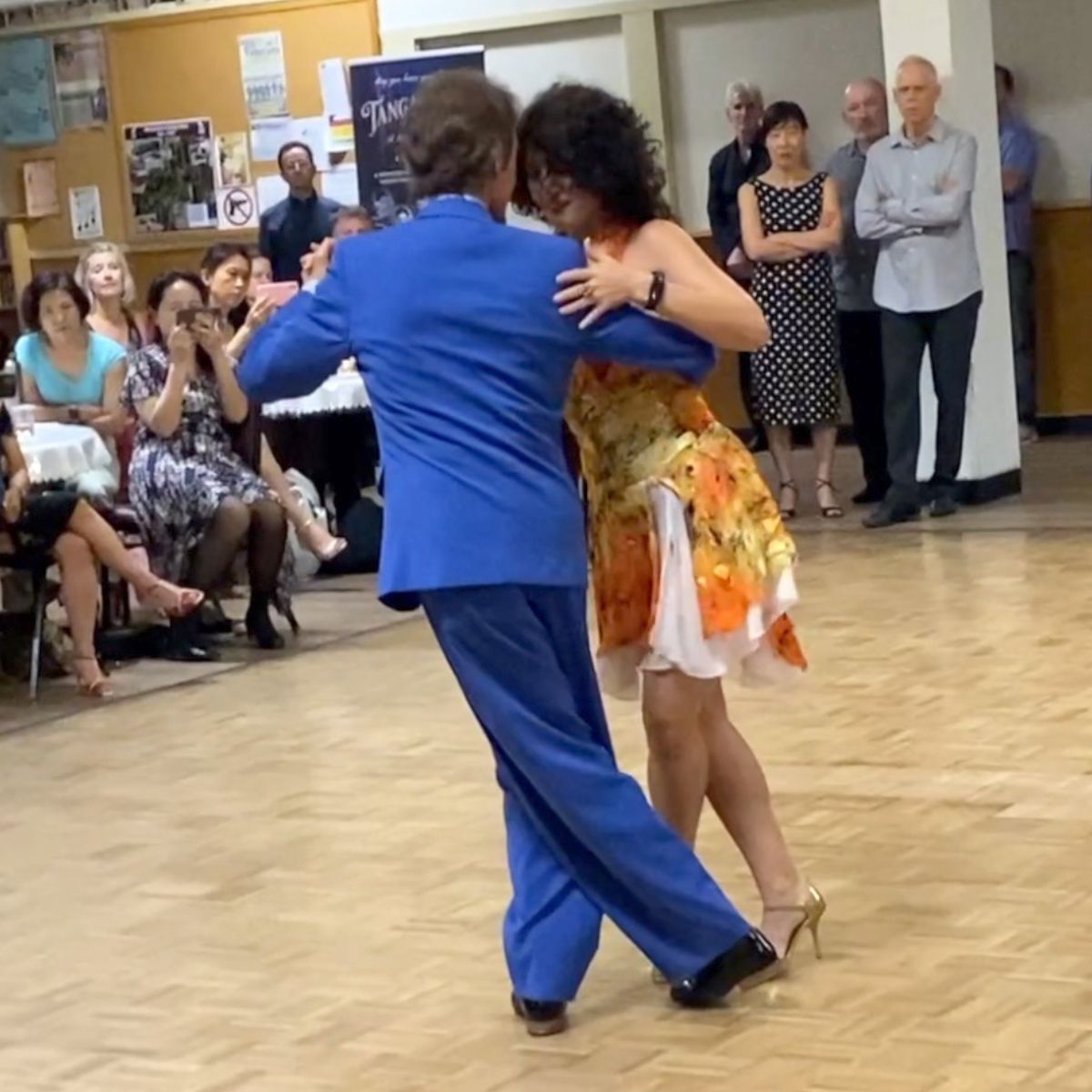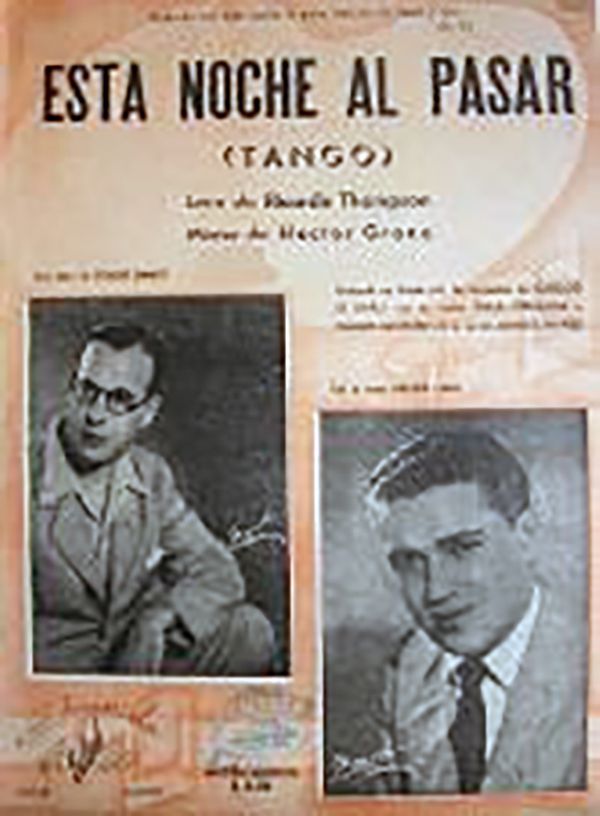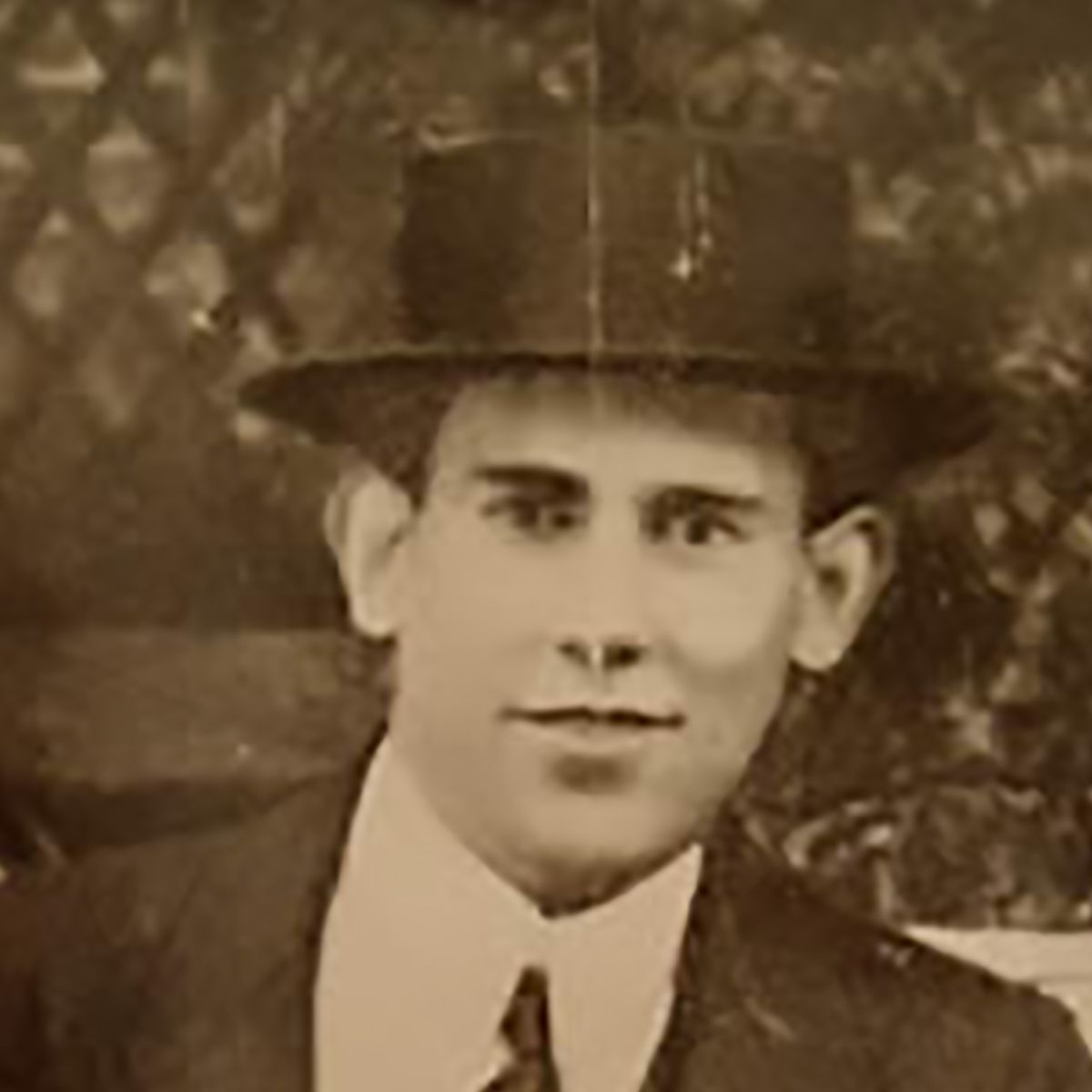“Dice un refrán” by Ángel D’Agostino y su Orquesta Típica with Ángel Vargas in vocals, 1942.
“Dice un refrán” by Ángel D’Agostino y su Orquesta Típica with Ángel Vargas in vocals, 1942.

Enrique Domingo Cadícamo
(July 15, 1900 – December 3, 1999)
He was a prolific Argentine Tango lyricist, poet, and novelist.
From an initial Symbolist bent, he developed a distinctive, lunfardo-rich style from an early age, and by 1925 he had his first piece, “Pompas de jabón”, sung by Carlos Gardel.
Other notable compositions include “Madame Ivonne”, “Che, papusa, oí”, “Anclado en París”, “Muñeca brava”, “Pa’ que bailen los muchachos”, “Los mareados”, and the song we share with you today, “Dice un refrán”, with music by Ángel D’Agostino.
Listen and buy:
-
Amazon music
-
iTunes music
-
Spotify
We are happy to have a collaboration with the people from tangotunes.com from whom some of you may have heard, they do high-quality transfers from original tango shellacs.
It is the number 1 source for professional Tango DJs all over the world.
- Now they started a new project that addresses the dancers and the website is https://en.mytango.online
You will find two compilations at the beginning, one tango and one vals compilation in amazing quality.
The price is 50€ each (for 32 songs each compilation) and now the good news!
If you enter the promo code 8343 when you register at this site you will get a 20% discount!
Thanks for supporting this project, you will find other useful information on the site, a great initiative.
More Argentine Tango music selected for you:
We have lots more music and history







